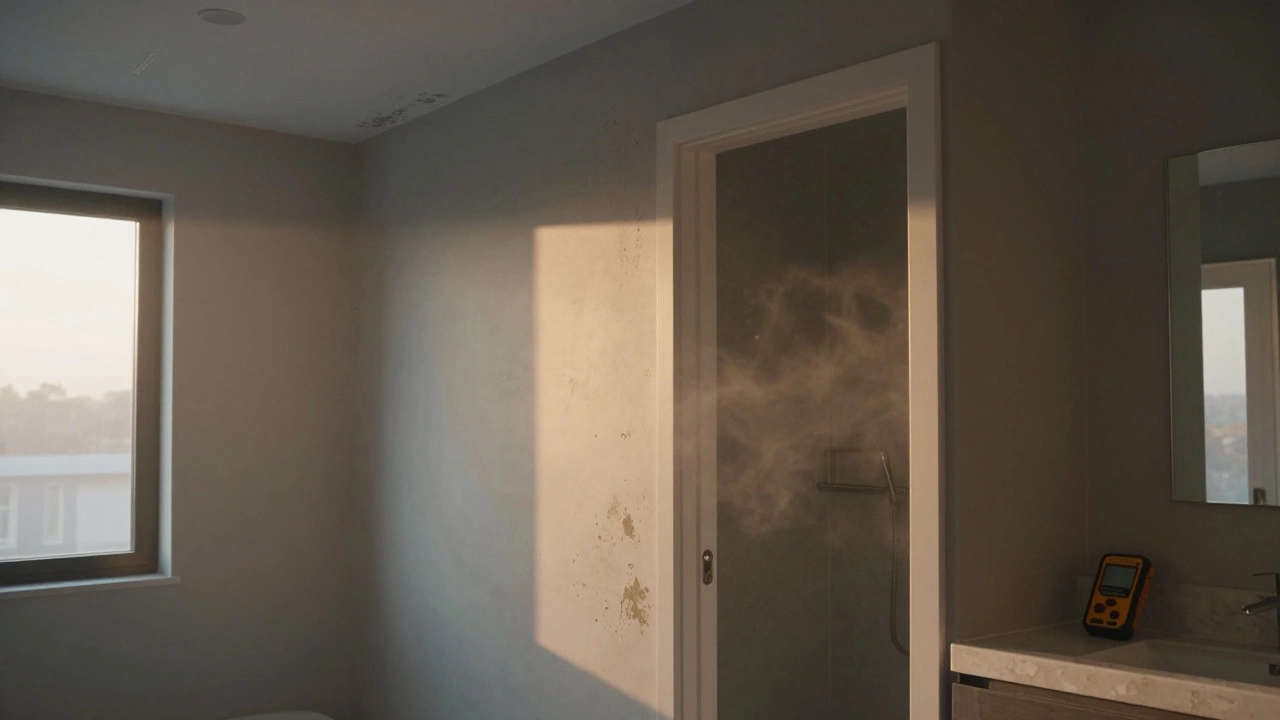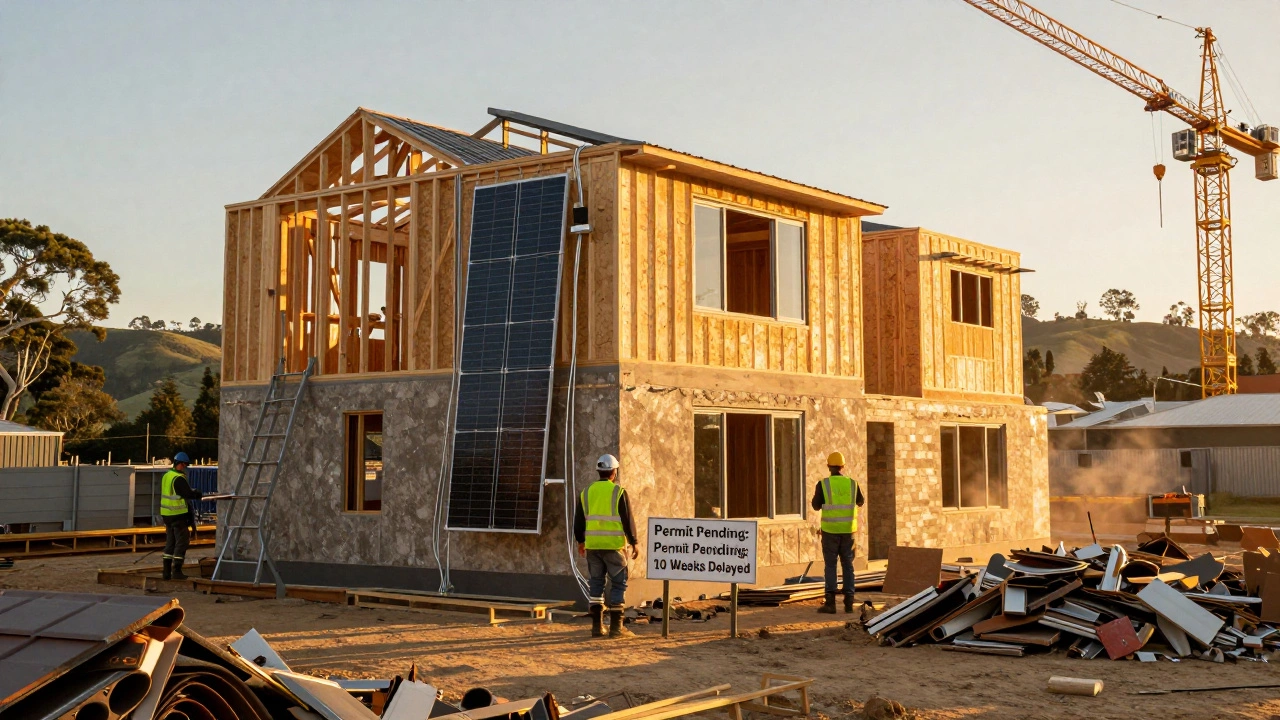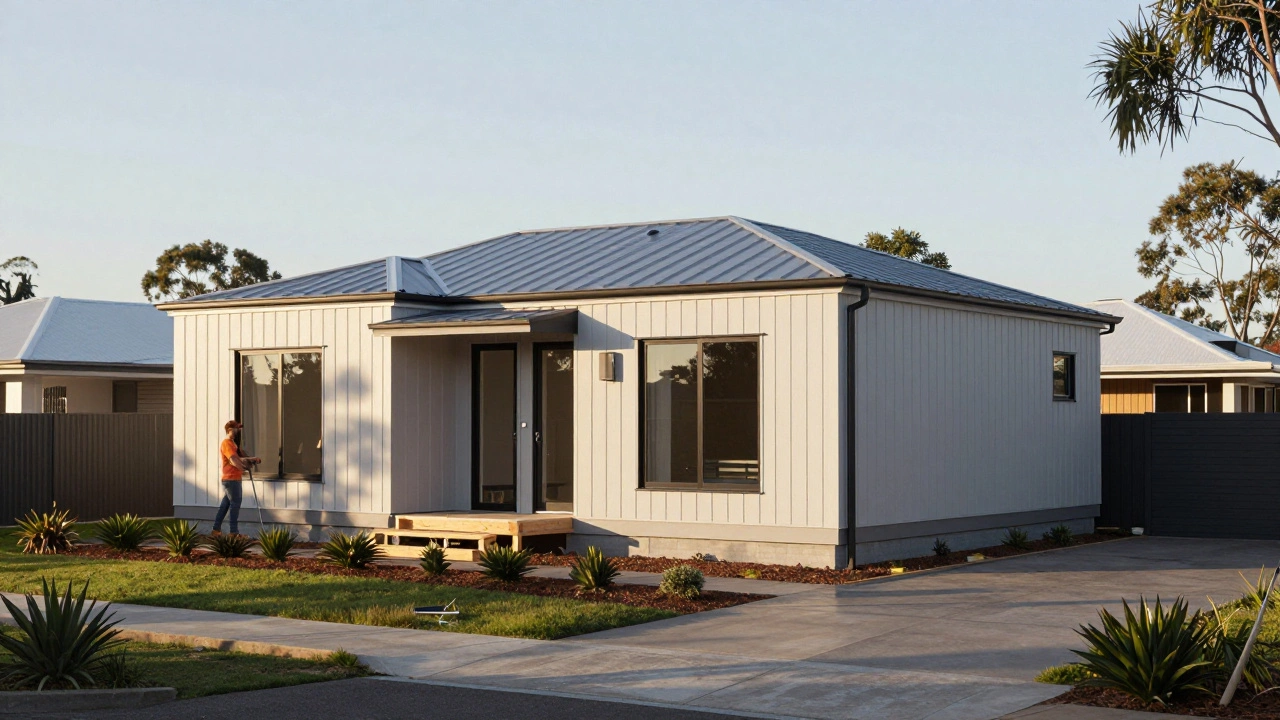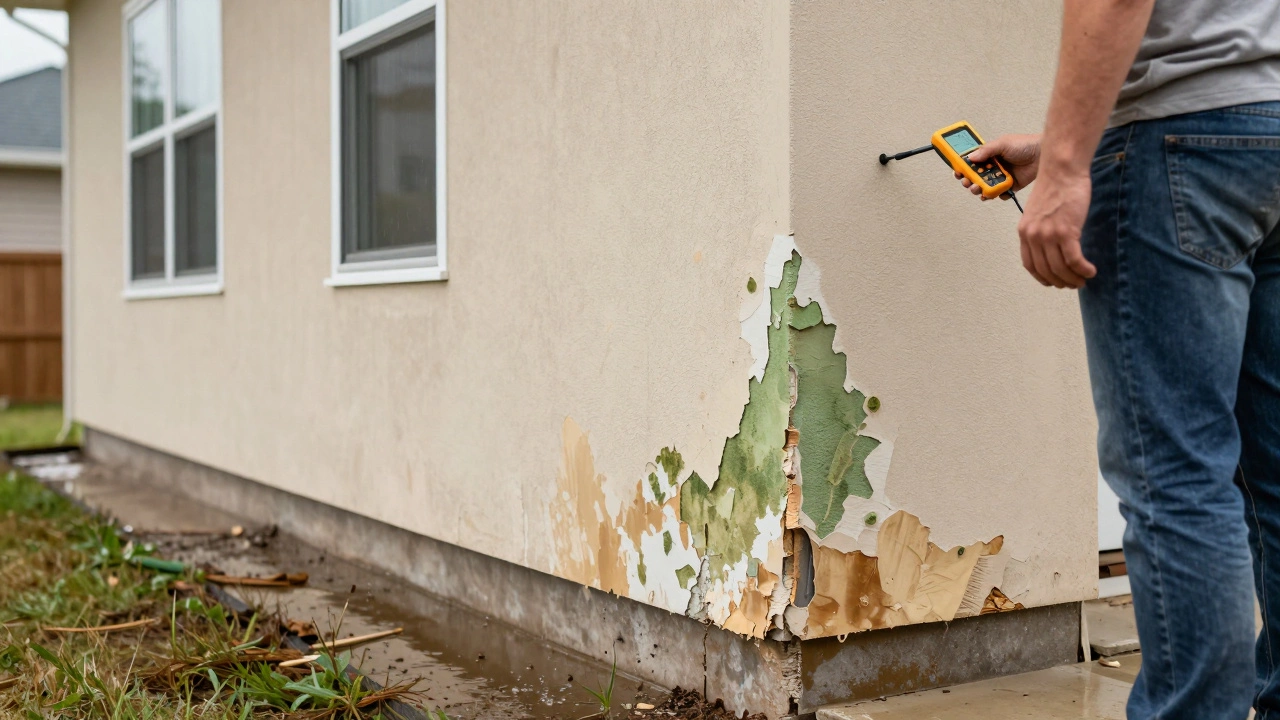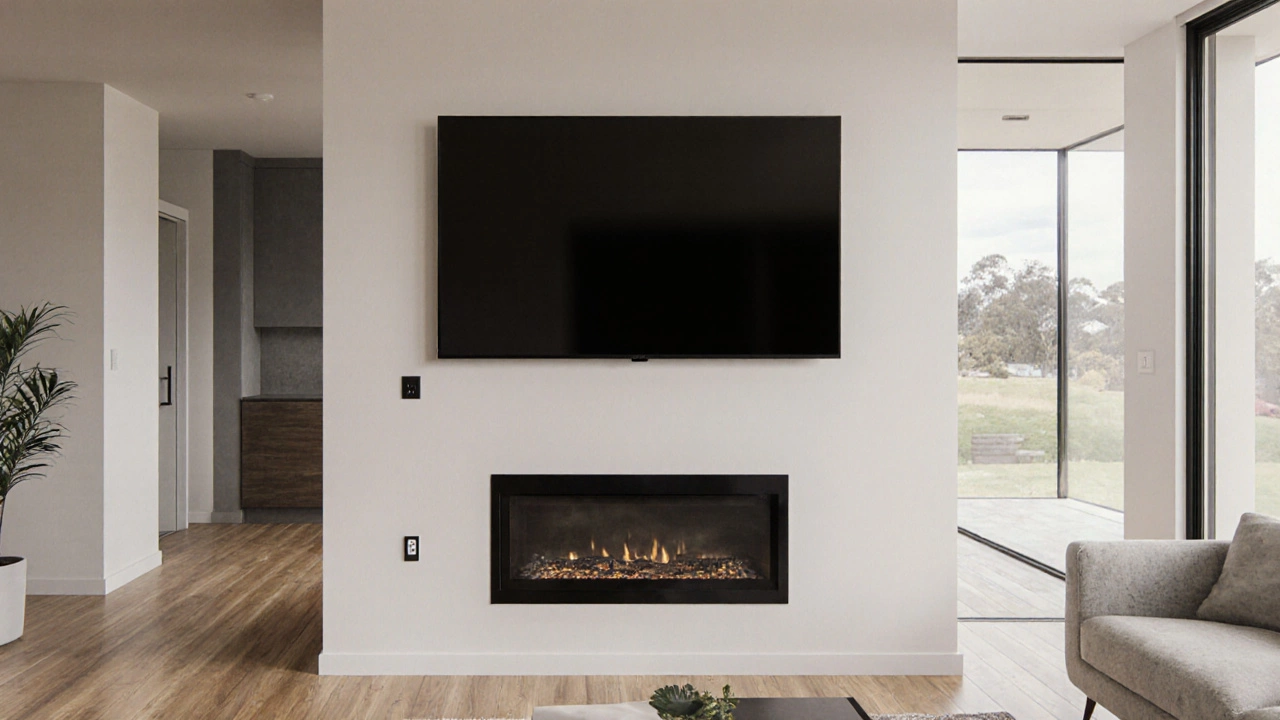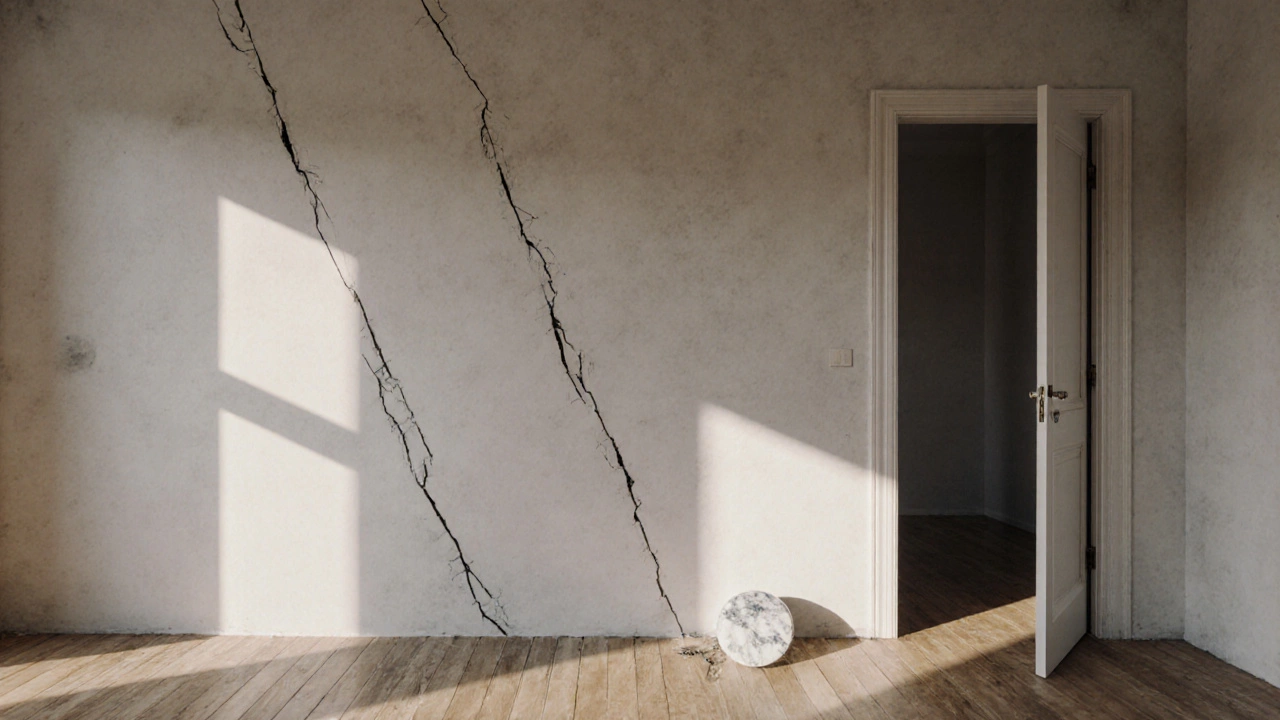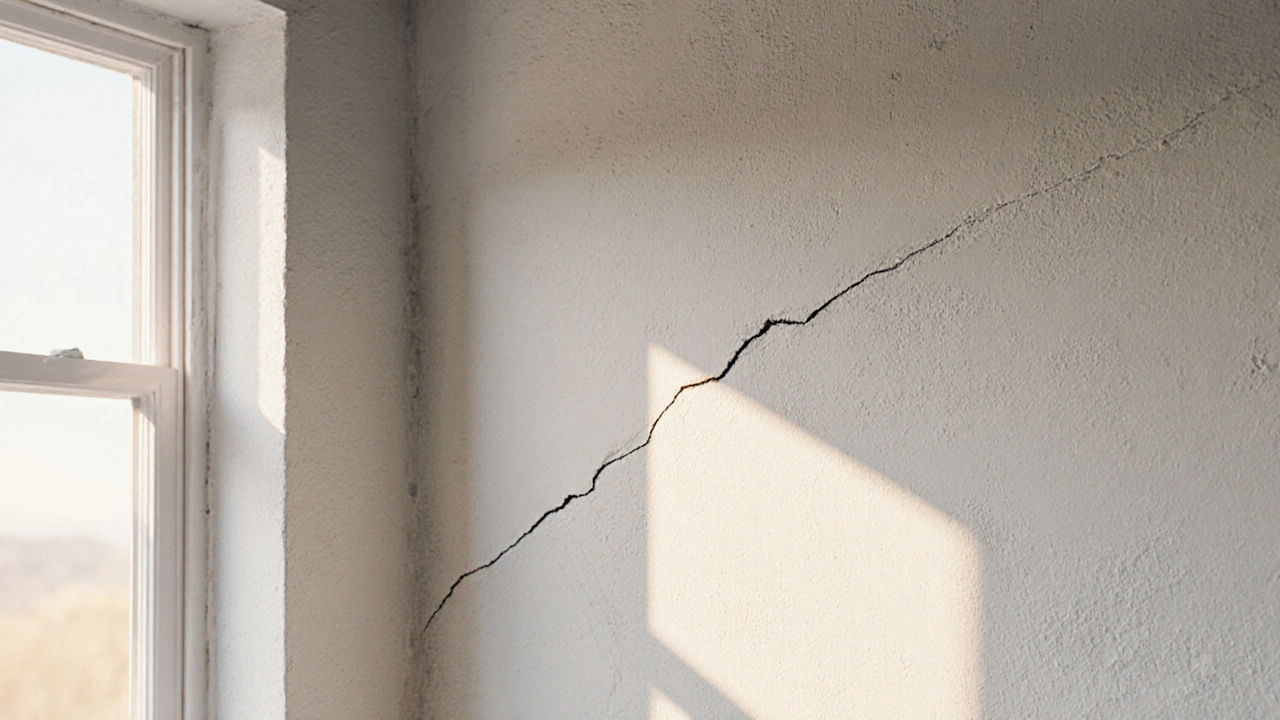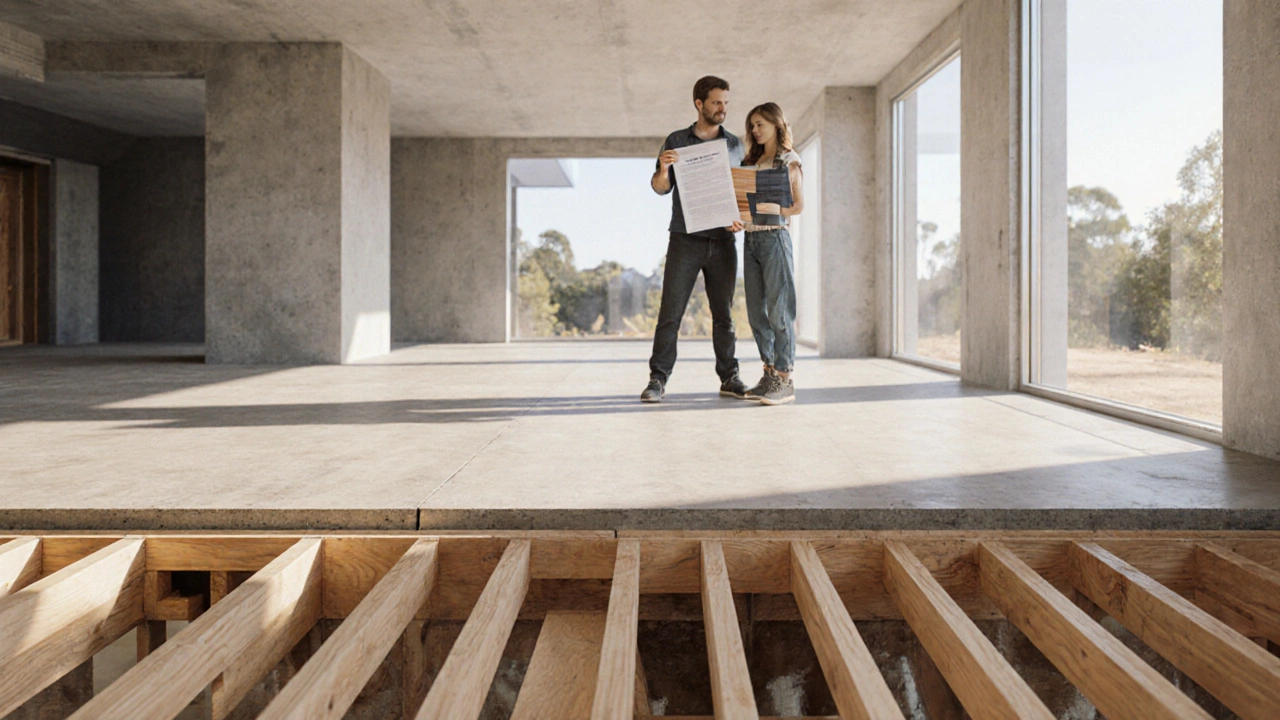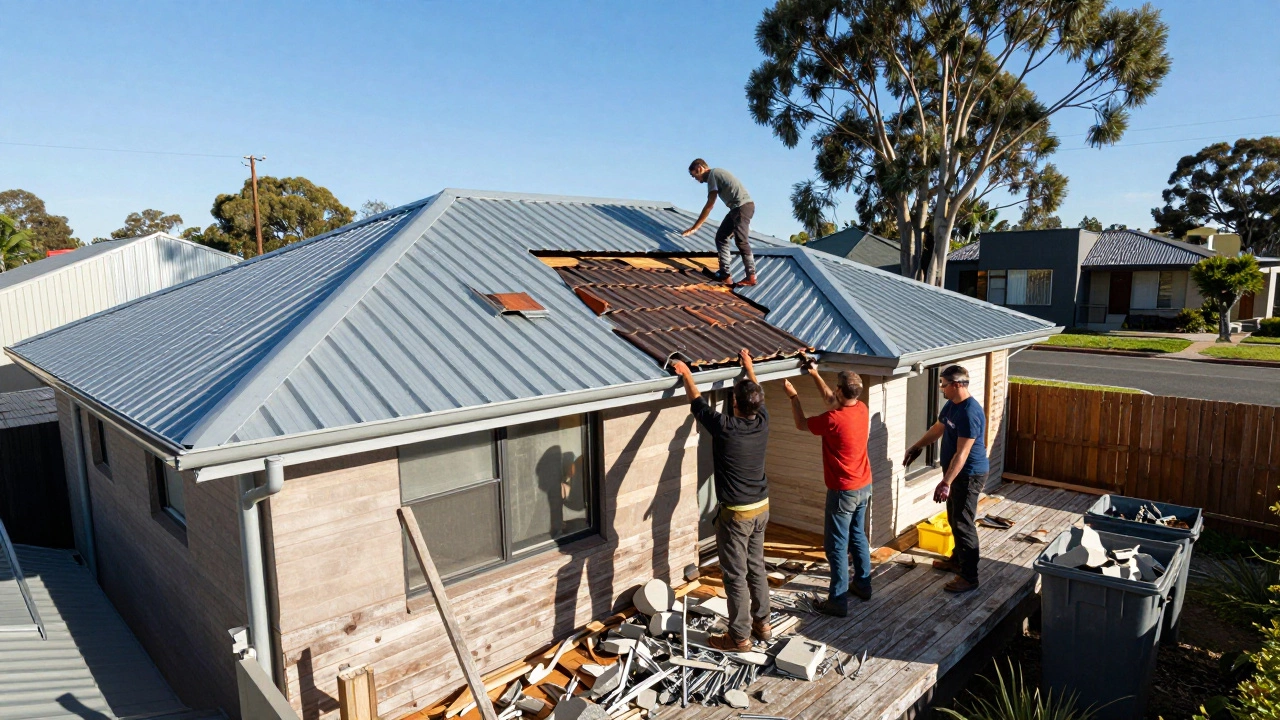New Builds: Practical Tips to Keep Your Home on Track
Buying or building a new home feels exciting, but it can also be a maze of choices and potential hiccups. The good news? Most of the common problems have simple fixes if you know what to look for early on. Below you’ll find straight‑forward advice that matches the biggest questions homeowners ask when their build is just starting out.
Spotting Defects Before They Become Headaches
Every new build comes with a snag list – those little things that aren’t quite right yet. The biggest culprits are usually cracks, uneven doors, or missing finishes. If you notice a crack that widens quickly, see a professional to check whether it’s a settlement issue or something deeper. Settlement cracks are normal after the foundation settles, but a crack that spreads across a wall or reappears after repair may signal a structural problem.
Don’t ignore snags that affect how a room functions. A door that sticks, a window that leaks, or tiles that don’t sit flat are all signs the builder missed something. Document each defect with photos, note the date you found it, and raise it with the builder while the warranty period is still active. Most reputable builders will correct these issues at no extra cost.
Choosing the Right Flooring for Longevity and Comfort
Flooring is where style and practicality meet head‑on. In high‑traffic areas like the kitchen or hallway, durability matters more than elegance. Engineered wood and solid timber both look great, but engineered wood handles moisture changes better, which can be a lifesaver in a new build that’s still breathing.
If you have kids or pets, consider luxury vinyl or high‑grade laminate. They resist scratches, hide water stains, and are easy to clean. For a sleek, modern feel, large‑format tiles work well, but remember they can feel cold underfoot – a good underlay or radiant heating system can fix that.
Whichever option you pick, let the floor settle for a few weeks before installing heavy furniture. This lets the material adapt to the room’s temperature and humidity, reducing the chance of later movement or gaps.
Preventing Cracks During Construction
The foundation sets the stage for everything else. A solid, well‑prepared base reduces the risk of future cracking. Make sure the site is cleared of organic material, the soil is compacted, and a proper damp‑proof membrane is laid before the slab goes down.
Choose the right concrete mix for your climate – a mix with a low heat of hydration helps prevent shrinkage cracks in colder regions, while a higher‑strength mix works better where heavy loads are expected. Reinforcement, like steel mesh, adds extra strength and keeps cracks narrow if they do appear.
Good ventilation during curing helps the concrete set evenly. If you’re unsure, ask the builder for a concrete delivery report – it should show temperature, slump, and curing time. Following these steps can save you from costly repairs down the line.
In short, a successful new build hinges on staying ahead of defects, picking finishes that suit your lifestyle, and ensuring the structure is sound from day one. Keep a detailed snag list, ask the right questions about materials, and don’t rush the curing process. With a bit of knowledge and a proactive approach, your new home will stay beautiful and hassle‑free for years to come.

